Chemosensors, Free Full-Text
Por um escritor misterioso
Descrição
Alcoholic beverages contaminated with scopolamine (SCP) are often employed for criminal purposes due to their sedative effect. The determination of the residual levels of SCP in body fluids (e.g., urine) can help to track possible victims of induced ingestions. Biological sample analysis usually requires a preconcentration step to enhance their detectability and to provide sample clean-up. Molecularly imprinted polymers (MIPs) in lieu of conventional solid sorbents represent an enhancement of selectivity, due to their specific recognition sites. Additionally, the adaptation of the solid-phase extraction (SPE) cartridge into a disposable pipette tip extraction (DPX) contributes to the miniaturization of the sample preparation step. Herein, an analytical method for the determination of SCP in synthetic urine samples via the integration of molecularly imprinted solid-phase extraction (MISPE) with DPX as a preconcentration step prior to capillary electrophoresis analysis (also known as MISPE-DPX-CE) is presented. The extraction and elution steps were optimized using a factorial design. Using the optimized conditions, a preconcentration factor of 20 was obtained, leading to a working range of 0.5–6 µM with LOD of 0.04 µM and repeatability of 6.4% (n = 7) and adequate recovery values (84 and 101%) The proposed MISPE-DPX-CE approach was successfully applied to selective extraction, preconcentration, and determination of SCP in synthetic urine samples.

A supramolecular cucurbit[8]uril-based rotaxane chemosensor for

Chemosensors An Open Access Journal from MDPI

Azine based fluorescent rapid off-on chemosensor for detecting
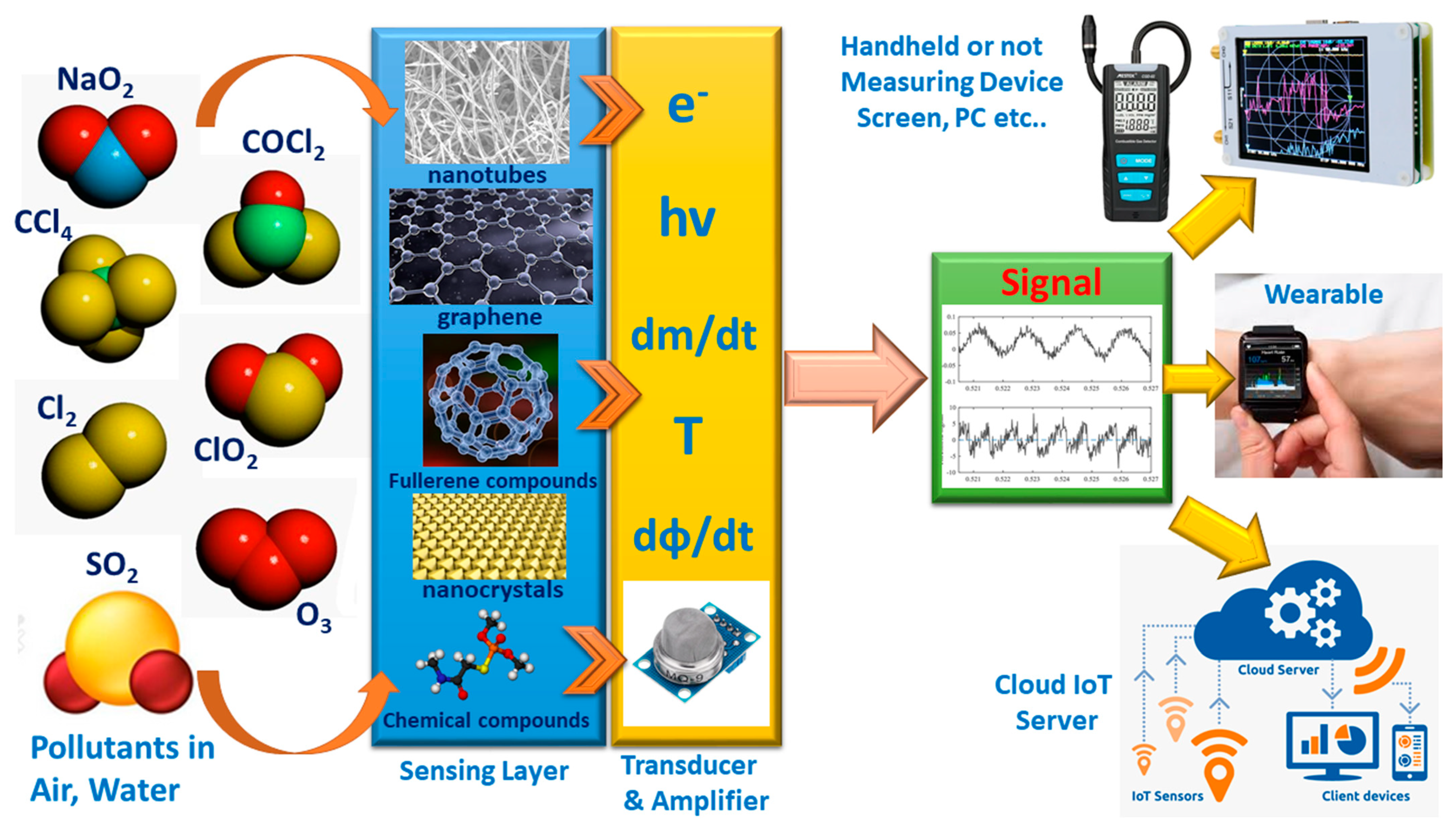
Chemosensors, Free Full-Text
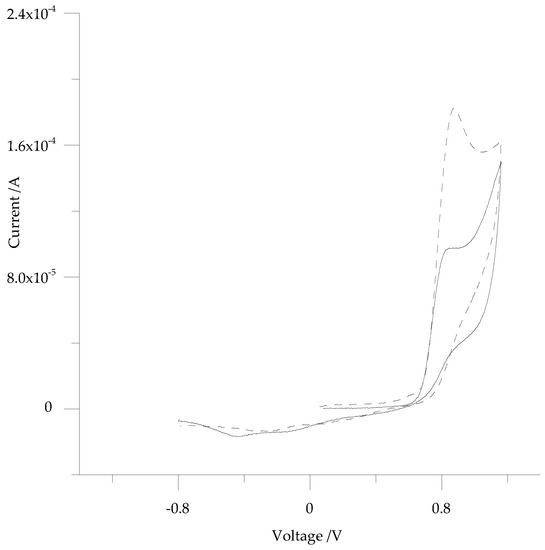
Driver Fingerprint Solution X105 - Colaboratory

Inhibiting proton interference in PET chemosensors by tuning the

Naphthoquinone-Dopamine Linked Colorimetric and Fluorescence
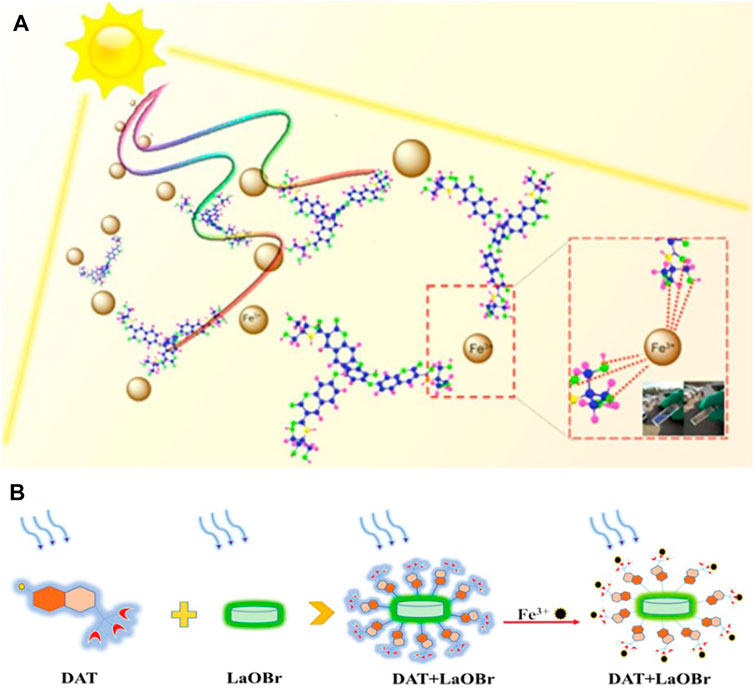
Frontiers Recent Progress in Fluorescent Probes For Metal Ion
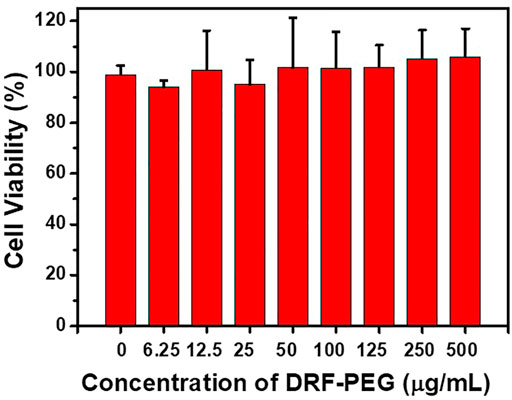
Frontiers Facile Synthesis of Water-Soluble Rhodamine-Based
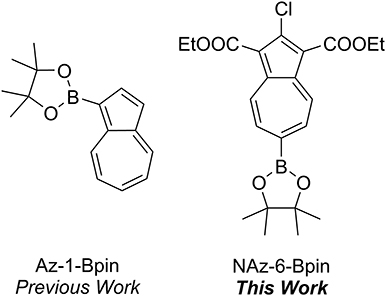
Frontiers A Colorimetric Chemosensor Based on a Nozoe Azulene
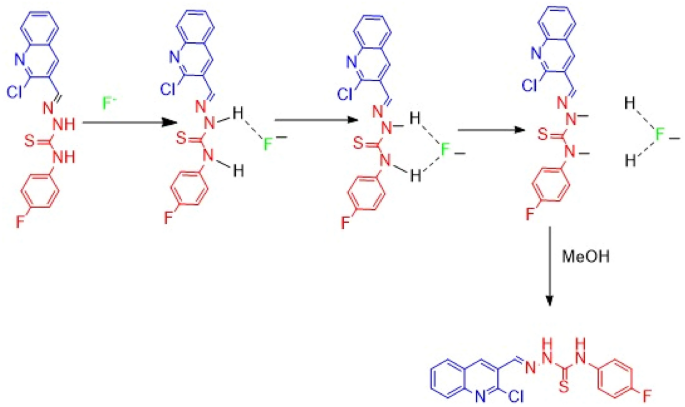
Quinoline based thiosemicarbazones as colorimetric chemosensors
de
por adulto (o preço varia de acordo com o tamanho do grupo)





/media/movies/covers/2013/11/piratas_t12618.jpg)

